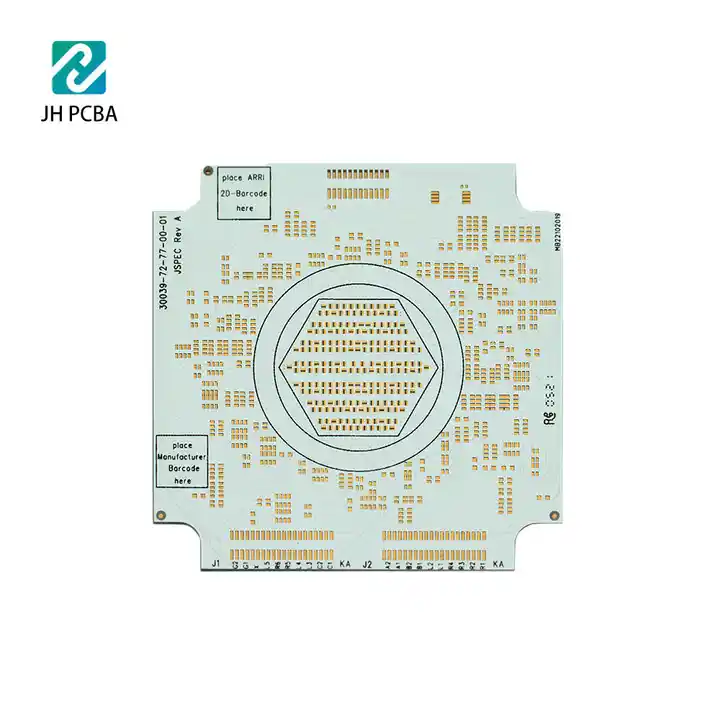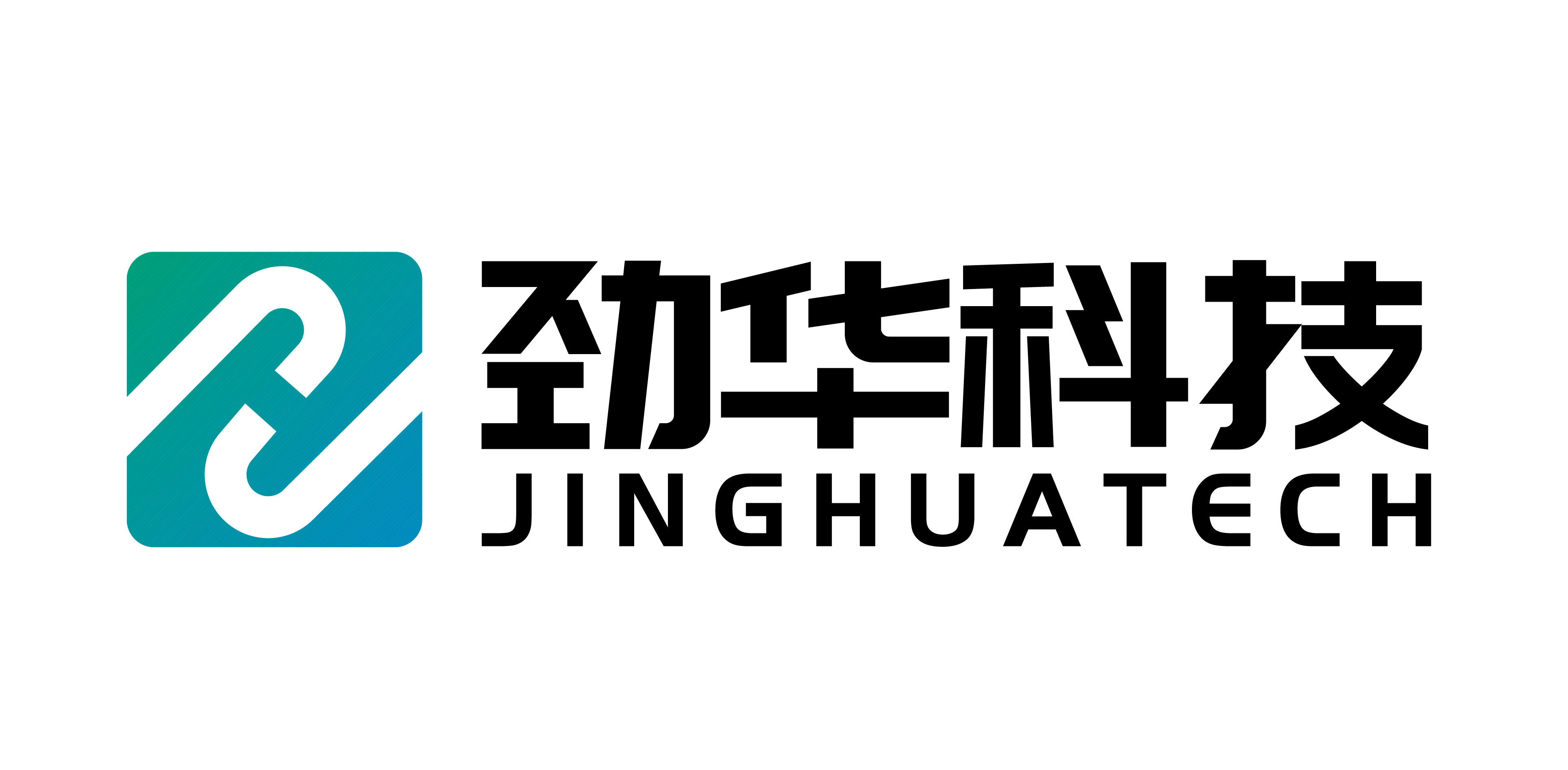Mastering PCB Design: Best Practices for Efficiency and Collaboration

Printed Circuit Board (PCB) design has transformed over the years, and today’s best practices revolve around collaboration, optimization, and the use of modern tools. Drawing from over 30 years of experience, this guide explores essential best practices for seamless integration between disciplines, improving efficiency, and maintaining data integrity throughout the design lifecycle.
Best Practice 1: Integrated Multi-Domain Collaboration
Collaboration between teams in electronics, mechanics, and software is vital. A digitally integrated environment enables teams to:
- Optimize costs: Streamlined communication reduces errors and unnecessary revisions.
- Accelerate design timelines: Concurrent designs across domains minimize bottlenecks.
- Enhance visibility: Clearer oversight of costs, schedules, and risks ensures smoother project management.
Roadblocks and Solutions
- Siloed Teams: Transition from isolated workflows to tools like IDX format for MCAD/ECAD collaboration, enabling seamless handoffs.
- Resistance to Change: Overcome organizational barriers with clear value demonstration, such as fewer errors and faster time-to-market.
Best Practice 2: Design and Manufacturing Collaboration
Efficient collaboration between design and manufacturing ensures that designs are not only functional but also producible.
Key Recommendations
- Early Engagement: Involve fabricators during stack-up planning to ensure materials and signal integrity align with production capabilities.
- Bi-Directional Feedback: Use formats like ODB++ and IPC-2581 to enable intelligent communication between teams, creating a continuous feedback loop.
- Producibility Analysis: Conduct manufacturability checks early to catch issues, reduce respins, and eliminate production delays.
Best Practice 3: Library and Data Management
Centralized and well-organized library and data management streamline workflows and improve design quality.
Common Challenges
- Inconsistent collaboration and data sharing across teams.
- Lack of visibility into revision history or approved parts.
Solutions
- Implement a Product Lifecycle Management (PLM) system for better control over library data, IP modules, and design revisions.
- Adhere to industry standards for universal understanding across global teams.
Examples of Success
- MCAD/ECAD Integration: Seamless data exchange allows electronic designers to preview board outlines, placement zones, and mechanical constraints, reducing errors during PCB layout.
- Manufacturing Collaboration: Detailed stack-up planning enables precise signal integrity simulations, ensuring minimal respins and optimized fabrication.
- Library Management: Centralized libraries provide easy access to component data, enabling faster identification and revision control.
FAQs
Q1: Why is MCAD/ECAD collaboration important in PCB design?
A seamless exchange of accurate data between mechanical and electrical teams reduces errors, minimizes rework, and accelerates the design process.
Q2: What formats are best for design-to-manufacturing communication?
Use intelligent data formats like ODB++ or IPC-2581 to enable smooth communication, reduce errors, and maintain a feedback loop.
Q3: How does centralized library management improve efficiency?
A well-maintained library ensures accurate component selection, eliminates redundancy, and provides visibility into revisions and usage, saving time and resources.


